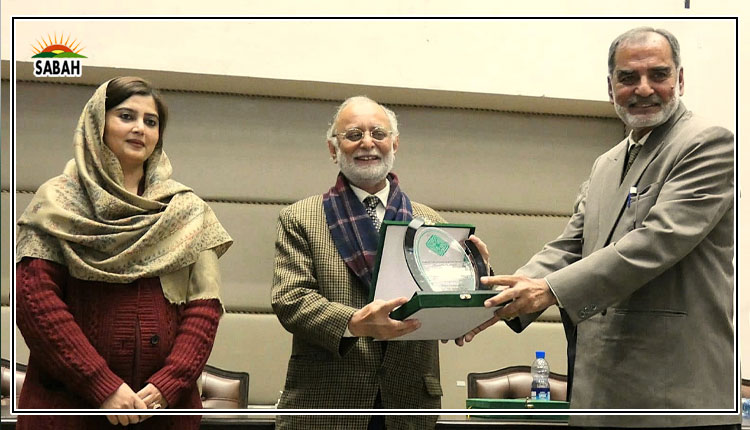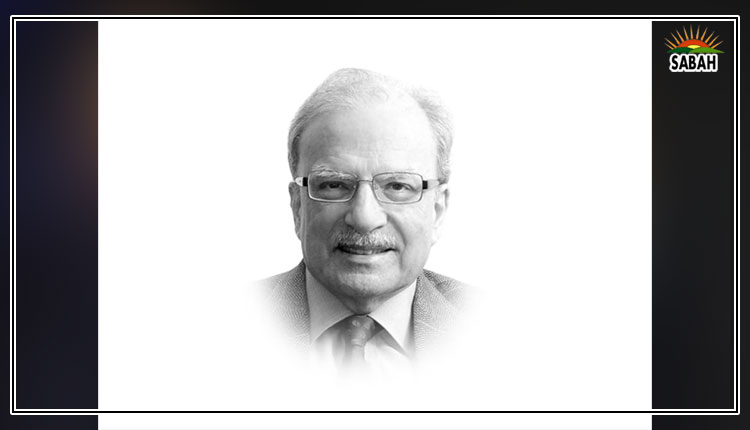Solarizing household energy….Ammar Habib Khan
Electricity tariffs for lifeline customers have increased by 70 percent over the last five years. During the same period, electricity consumption per capita across the board has largely remained flat at 650 units.
Increase in electricity prices has effectively led to a scenario where consumption has stayed flat, as electricity is simply not affordable for households. On the flip side, the government has spent more than a trillion rupees in energy subsidies, further deepening an already precarious budget deficit.
Despite the availability of surplus power capacity, loadshedding across the country is in the range of six to eight hours on a daily basis, as the government doesnt have the funds to buy imported energy. The supply of electricity this year is less than that of last year, increasing misery for people, particularly those in the most vulnerable economic segment, as they face a disproportionately high brunt of power outages.
An increase in electricity consumption per capita is a leading indicator of a prospering society. A scenario where consumption has stayed flat suggests that incomes have stagnated across the board. An increase in electricity prices further discourages any electricity consumption as price elasticity of demand is kicked into action.
Lifeline consumers are defined as households that consume up to 200 units (kilowatt-hours) of electricity. Most subsidies provided by the government are used to support these lifeline households. However, despite the subsidies, an inefficient transmission and distribution infrastructure often leads to a scenario where these households are disproportionately affected by power outages through loadshedding. As energy consumption is partially dependent on imported energy, inability of the government to import energy leads to a scenario where there are power outages, despite availability of surplus capacity.
It is estimated that roughly 55 per cent of residential consumers in the country are lifeline consumers. It is entirely possible to shift the consumption of some of these households towards solar. It is possible to make these households producers of electricity, who can consume the electricity they generate, while selling surplus electricity to the grid. This can effectively result in creation of mini-grids, wherein rooftop solar installations in an area can pool together to sell electricity to the grid, effectively netting it off against their consumption.
For example, in the case of Punjab, there are roughly 10.7 million households that can be categorized as lifeline consumers, from a total of 18.6 million households as per data from 2021. Assuming the prevailing costs of solar systems, even if all households (which is not possible) opt for such a scheme, a 25 per cent down payment that the government can fund would still be less than the amount of energy subsidy allocated on an annual basis for supporting lifeline consumers.
Currently, rooftop solar is mostly used by affluent households who have the necessary upfront capital required for installation. Instead of doling out annual subsidies, a case can be made here that the government facilitates financing of rooftop solar for lifeline consumers at concessional, or preferential rates.
It is estimated that a lifeline consumer can partially meet their requirements with a 1 or 2 kilowatt solar system, depending on its historic consumption. Assuming a down payment of 20 per cent to get access to the equipment, the government can pitch in half of the same, while half can be pitched in by the household. The remaining amount can be financed by a financial institution at a concessional rate, such that the monthly payment associated with the equipment largely aligns with the monthly electricity bill of the household.
This can ensure that the monthly bill actually stays predictable, and can be adjusted as the household produces electricity, and sells to the grid. Furthermore, within a few years, the household can fully pay off the solar installation, massively benefiting through increased disposable income.
Moreover, this reallocates existing subsidy allocation to capital investment that can sustainably generate renewable electricity while significantly benefiting households in terms of better cash flow management, and uninterrupted access to electricity.
Electricity distribution companies can play a pivotal role here. Each electricity distribution company knows precisely what consumption of a particular household is, and its repayment behaviour. Through availability of consumption and repayment metrics, it can do credit assessment of existing households. On the basis of credit assessment, financing can be extended to eligible households.
Before such an ambitious scheme can be rolled out, it will be essential to upgrade the distribution infrastructure of the electricity distribution companies that continue to suffer due to operational inefficiencies, and heavy losses. A transfer of distribution companies to provinces can potentially trigger development of a provincial solarization scheme.
Rooftop solarization is an ambitious plan, but something that has been successfully executed in many other jurisdictions. The existing pool of subsidies can be reallocated to create a more stable, low-cost, and renewable source of energy for the most vulnerable households. This will certainly require heavy investment in grid infrastructure, but the potential economic and social dividend did that the scheme can generate can potentially far outweigh financial costs that are already being incurred in the form of blanket energy subsidies.
To serve the people, the government can either take an easier, expensive, inefficient way out, or reallocate capital in a manner that enhances welfare of households across the board.
The writer is an independent macroeconomist.
Courtesy The News












